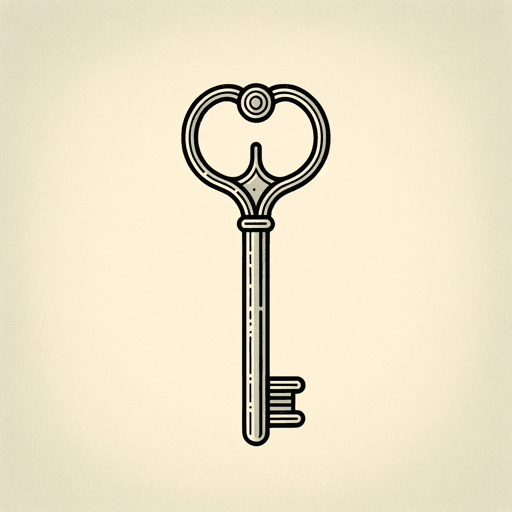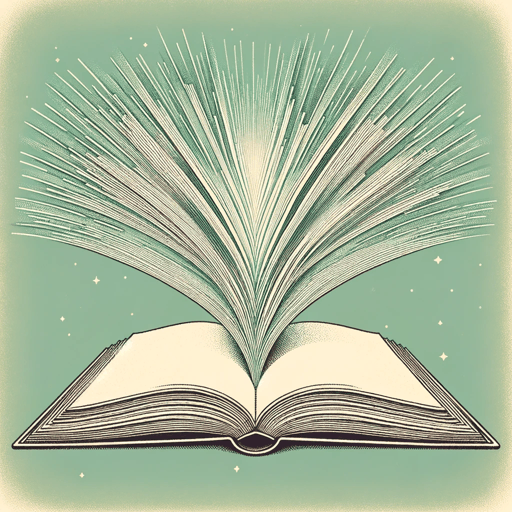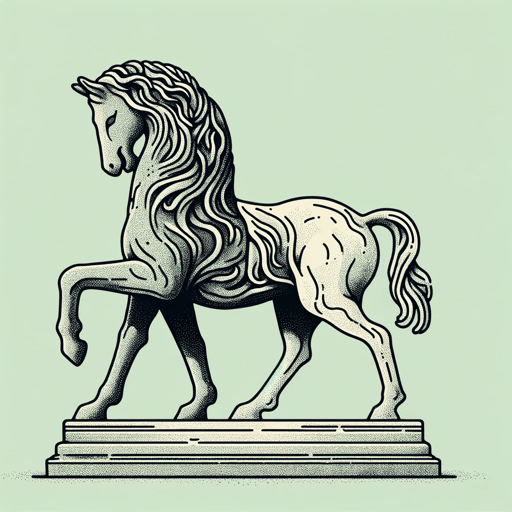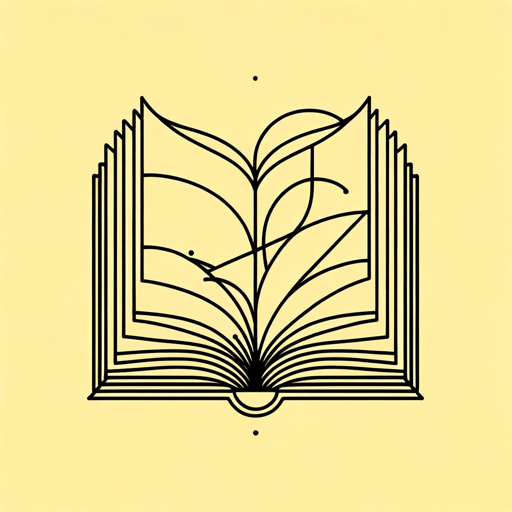27 pages • 54 minutes read
Jorge Luis BorgesPierre Menard, Author of the Quixote
Fiction | Short Story | Adult | Published in 1939A modern alternative to SparkNotes and CliffsNotes, SuperSummary offers high-quality Study Guides with detailed chapter summaries and analysis of major themes, characters, and more.
Literary Devices
Irony
“Pierre Menard, Author of the Quixote” constantly deploys irony as one of its most common literary devices. In literature, irony can occur when the readers understand the full significance of a character’s perspective and action, while the character themselves does not. The critic in this story does not seem to realize the impossibility of Menard’s project, still seeming to analyze his work with the utmost self-seriousness. The irony present serves to draw attention to the contrast in importance placed on each of the two versions of Don Quixote. The irony, then, serves to highlight the central themes of the work, particularly the Relationship Between Reader and Author, as well as the highly allusive and dense writing parodied by Borges in using the criticism form.
Voice
“Pierre Menard, Author of the Quixote” serves as a parody of the form of literary criticism, with Borges leaning into the dense and intertextual nature of the form. In doing this, Borges employs a very specific voice, one which is dry, intelligent, authoritative, and opinionated.
Related Titles
By Jorge Luis Borges

Borges and I
Jorge Luis Borges

Ficciones
Jorge Luis Borges

In Praise of Darkness
Jorge Luis Borges

The Aleph
Jorge Luis Borges

The Aleph and Other Stories
Jorge Luis Borges

The Book of Sand
Jorge Luis Borges

The Circular Ruins
Jorge Luis Borges

The Garden of Forking Paths
Jorge Luis Borges

The Library of Babel
Jorge Luis Borges

